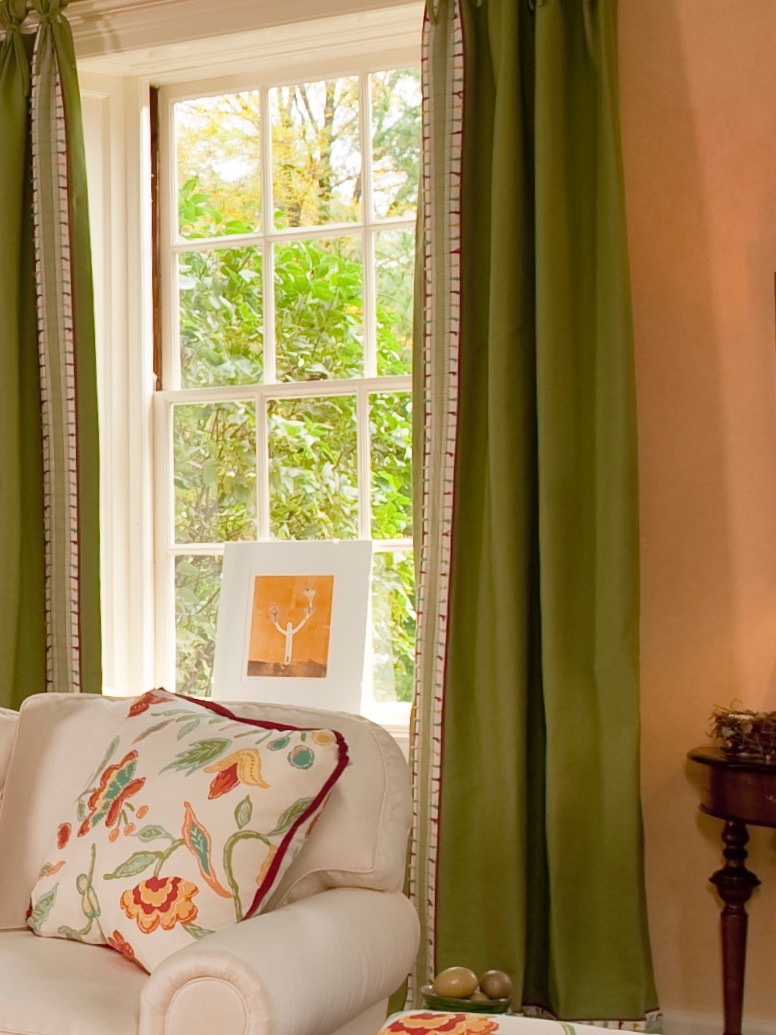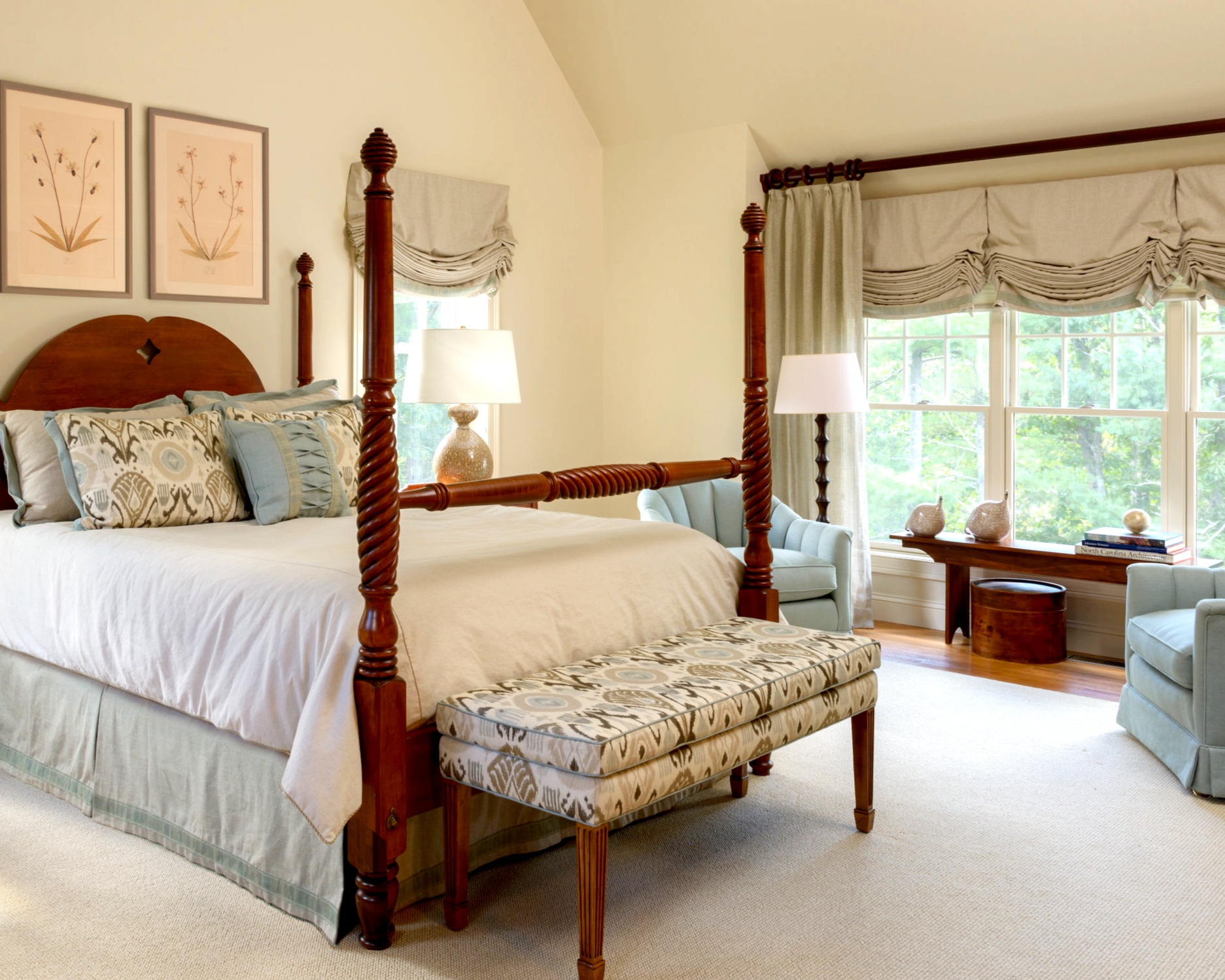O, sunlight, the most precious goldto be found on Earth!
ROMAN PAYNE
A little over 30 days ago, we dwellers of the Northern Hemisphere experienced the Summer Solstice, a day that is often celebrated with excited, boundless energy and activity well into the night. In the Northeast where I reside, the difference in exposure to sunlight fluctuates greatly according to the seasons. Not only does this directly affect our moods it affects the ambiance or, as the Dutch say best, gezelligheid, of our interiors. And now, as the days begin to shorten, I am thinking about natural light and how to luxuriate in it, creating its full potential for beauty and comfort in interior spaces no matter the season.
Fenestration, or the overall window and door plan of a building, defines the exterior and interior elevations while creating continually shifting patterns of light in our interiors. Present-day life seems to covet bright, open spaces flooded with natural light. All light coming into a space is characterized by its orientation thus making this a hugely important factor in choosing interior colors, materials, window treatments and auxiliary lighting. Natural northern light is calming, consistent, without harshness or glare, the light of artists and painters. Sometimes characterized as cool light it can flatten out modeled surfaces and is not highly reflective. Warm neutrals with punctuations of bright warm colors look beautiful in northern light as do textured and patterned surfaces. Brilliantly warm, southern light is penetrating and intense. In both winter and summer the energy of this light can heat an entire building. Bold, bright colors stand up to this light well as do rich, polished materials such as walnut flooring. Eastern and western exposures produce less consistent light, continually shifting throughout the day. The soft glaze of early morning light is a beautiful introduction to the day ahead. In bedrooms this light is important as most of us have our very personal thoughts about how much light we desire in waking moments. Western light can be beautifully ablaze in the late afternoon. It can be highly reflective and harsh albeit ever changing. Deep patinas and cool colors can help offset its effusive warmth.
We have many options for light control in our dwellings. Architecturally, options such as porches, eaves, roof overhangs, window films and awnings can temper light through window openings. These choices are integral to the external appearance and structure of our buildings and should be intentional. Window treatments inside the home are singularly important in managing light while enhancing the fenestration. I like to design treatments that are integral to the architecture, well off the windows allowing maximum light in with the least amount of fuss and intrusion. When drawn these treatments offer a wide range of options. Drapes and blinds can protect from harmful rays that cause fading and destruction to fabrics, carpets, furnishings and surfaces. Shades designed to block UV rays while allowing light in are constantly improving in performance and appearance. The standard drapery panel, lined and interlined with flannel has changed little over the years and can still offer beautiful control of light and heat. Retaining warmth in the winter and coolness in the summer, window treatments are an important tool in managing light and energy.
In winter’s cold, at day’s end, in gathering, in work and in leisure we return time and time again to our dwellings. The beauty of nature wants to be there too, reminding us that beyond the envelope of what we have created, the most perfect world remains. Light is always searching and welcoming us back into that world. It has and always will be the beautiful clock of our feelings and experiences.





